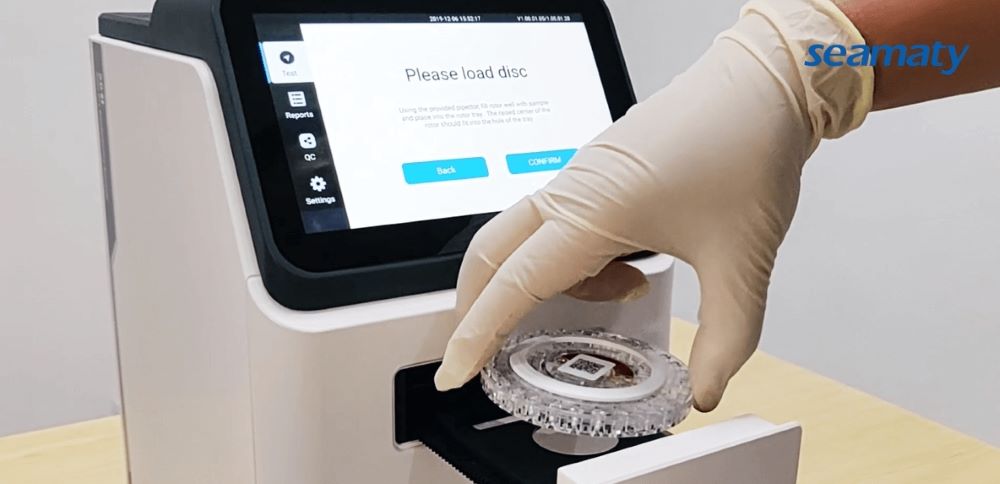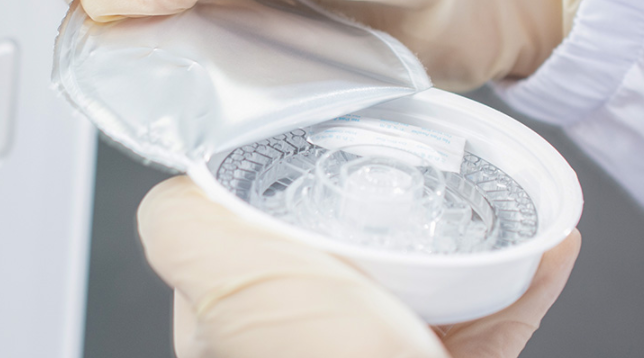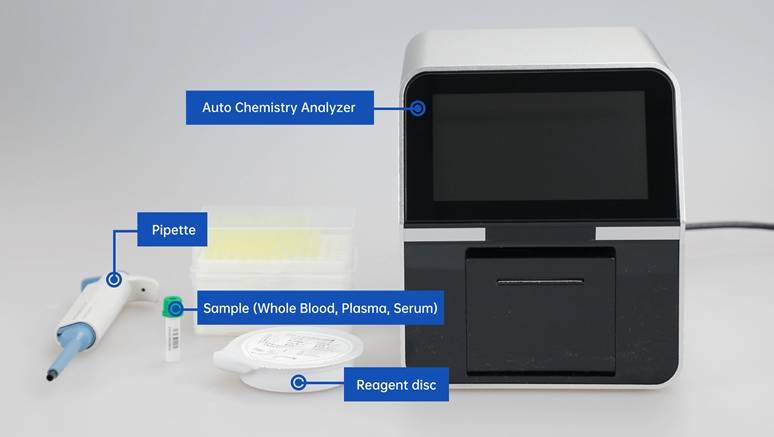The liver, located at the diaphragm, is one of the most important organs in the abdominal cavity. It plays a vital role in maintaining the normal functioning and metabolism of the body, such as
-
1. aiding digestion (metabolism of fats)
-
2. synthesis of proteins and hormones.
-
3. regulation of energy and protein metabolism.
-
4. metabolism and removal of waste products from the body.
-
5. immune regulation.
Since part of the blood of the liver comes directly from the intestine, when the cat eats toxic food, the toxins are absorbed directly by the liver. The cat's liver is very sensitive to toxin stimuli because it lacks a certain pathway of metabolism, which makes hepatobiliary disease a major cause of morbidity and mortality in cats.
When a cat suffers from liver disease, its early clinical signs are non-specific. For example, intermittent anorexia, vomiting or lethargy. However, in the advanced stage, its clinical signs are specific, such as jaundice, ascites, edema, and polyuria/drinking.
I will present you two indicators about liver damage. They are ALT (alanine amino transaminase) and AST (aspartate amino transaminase.) Both ALT and AST are indicators of liver damage and their levels in the blood are usually used to assess the severity of liver function or liver damage conditions. When under normal conditions, these two indicators are present in the blood at relatively low levels. Once their levels are elevated, it indicates that the liver is suffering from some kind of disease, such as hepatitis, cirrhosis, bile duct disease, etc.
If your cat is suffering from liver and biliary related diseases, you do not have to worry too much. The liver is an organ with a huge energy storage system. When more than 2/3 of the liver is damaged, the organism is severely affected, but the liver has a powerful regenerative function. In other words, when the liver is severely damaged, it can still be fully restored to a healthy level after effective treatment.
Seamaty's SMT-120VP (fully automated biochemical analyzer) can quickly detect ALT & AST levels in a cat's blood in just 12 minutes. As a manufacturer specializing in the development and production of POC testing instruments and reagents, we are very pleased to work with distributors in various countries. If you would like to distribute our products, you can contact us at sales@seamaty.com.



